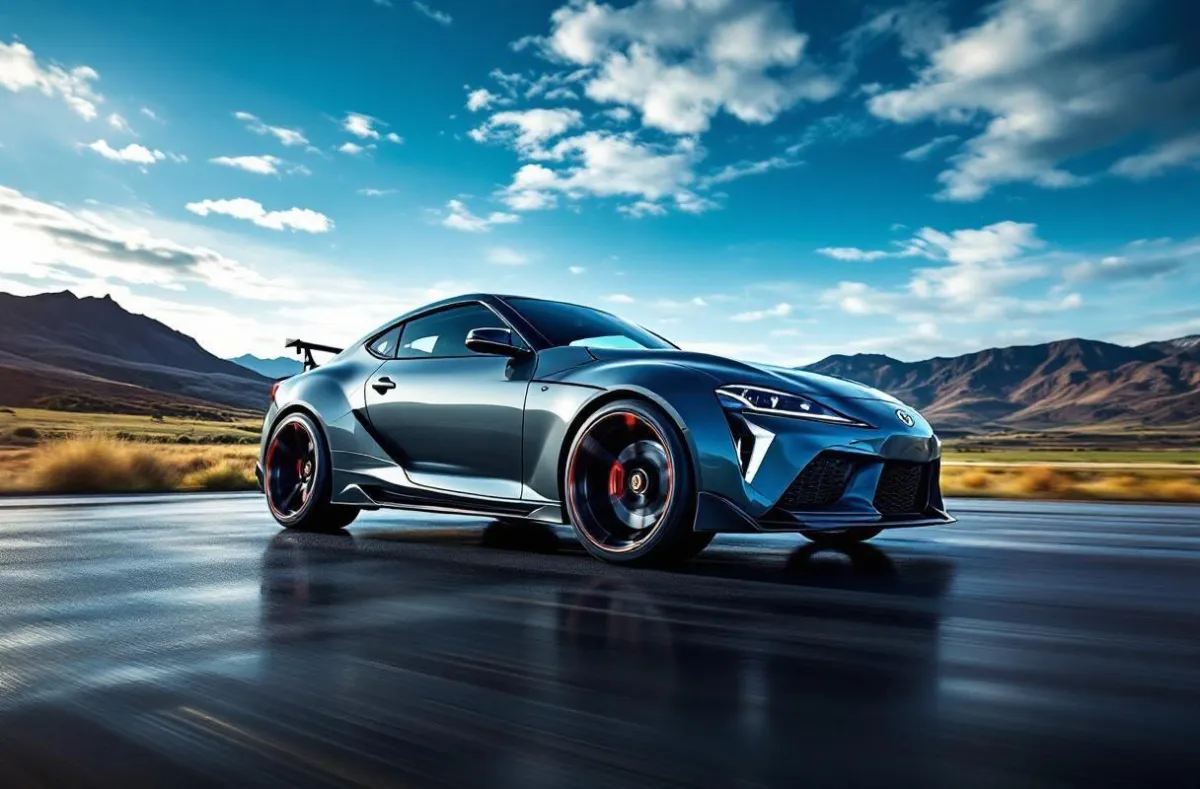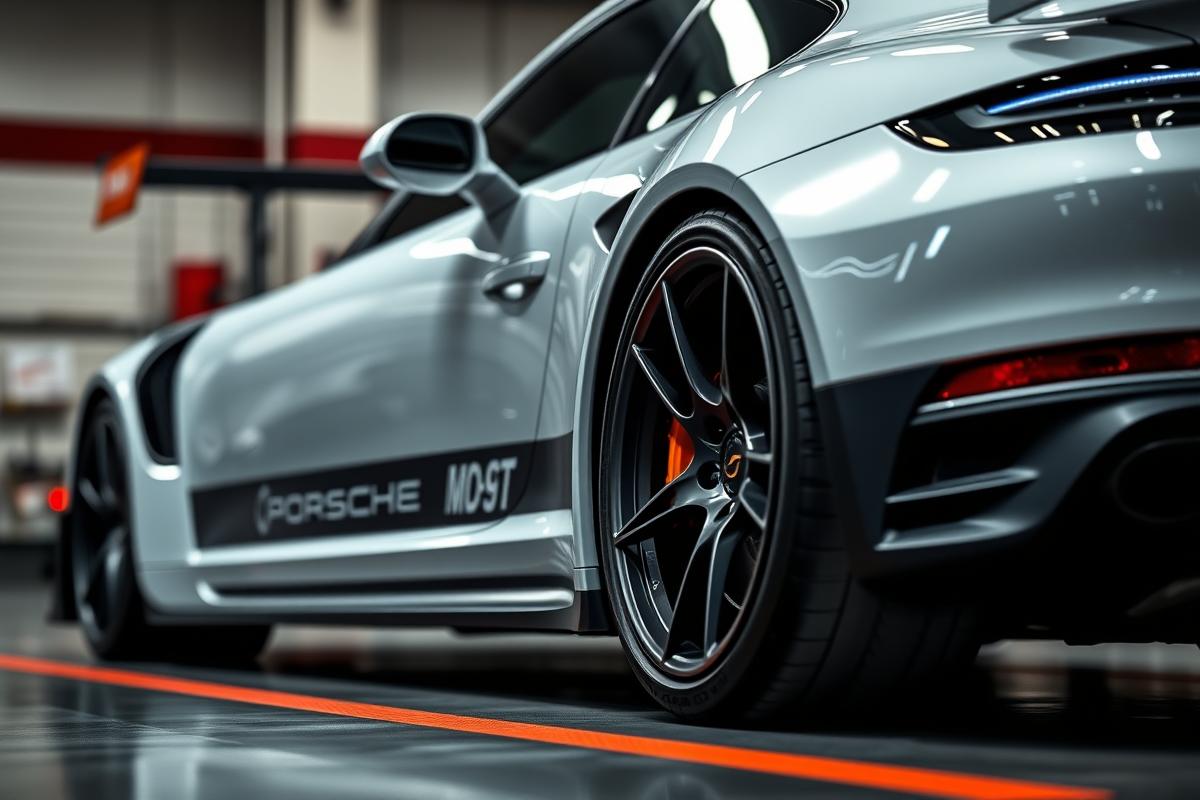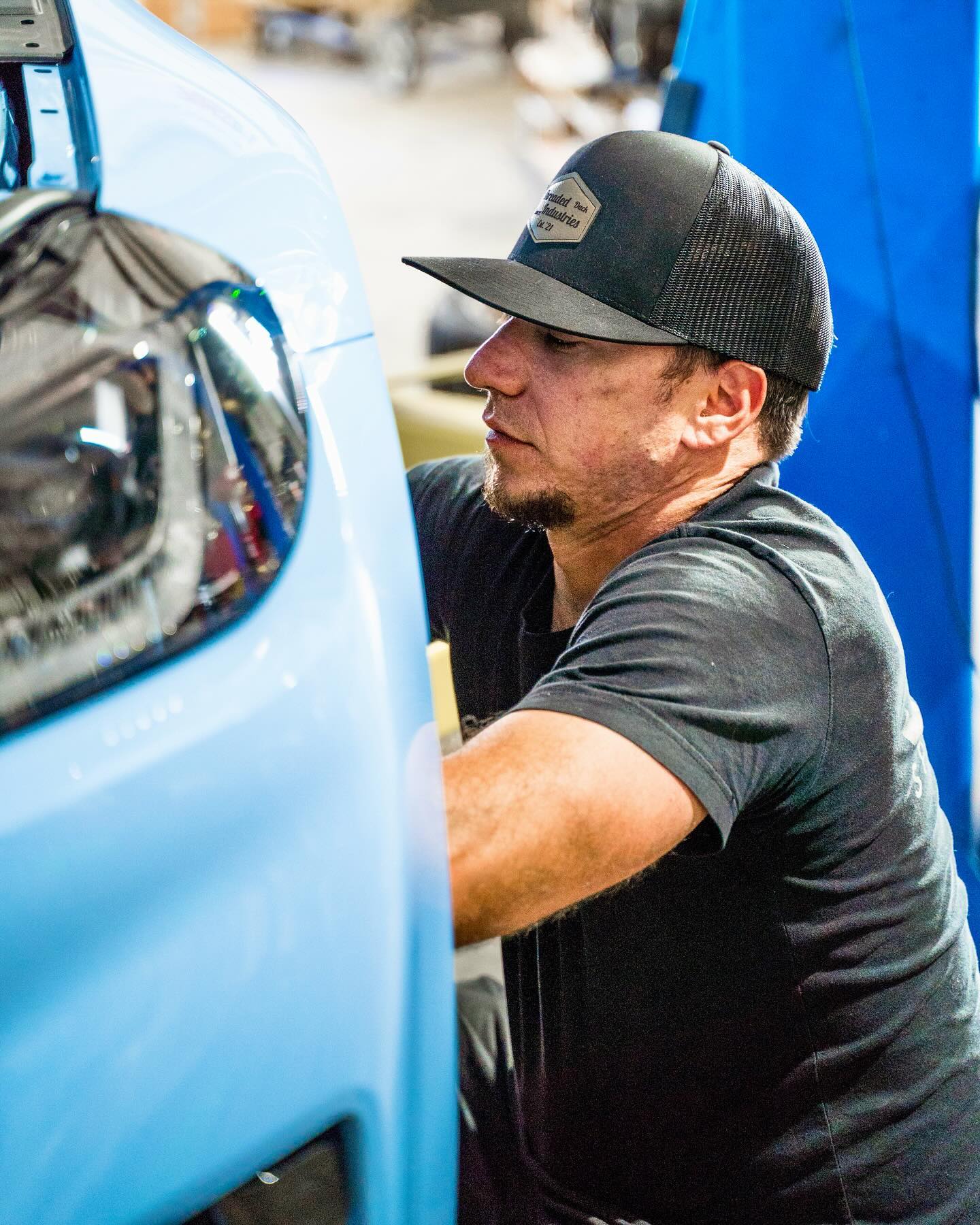
Grip Meets Style: Why Wheels and Tires Are the Ultimate Euro Car Upgrade
When it comes to European performance cars, the fastest way to upgrade your driving experience might not be under the hood—it’s under the car. Wheels and tires do more than change the look of your vehicle—they completely redefine how it handles, grips, accelerates, and corners. Whether you're behind the wheel of a BMW M3, Audi S4, or VW GTI, the right setup can make your car feel sharper, faster, and more connected to the road.
In this article, we’ll break down how the right wheels and tires can boost your Euro car’s performance, dialing in both the look and feel you’ve been craving.
Ready to ditch the stock setup? SPEEDhaus can help you pick the perfect combo to match your goals.

How to Choose the Right Wheel and Tire Setup for Your Euro Car
Upgrading your wheels and tires isn’t just about looks—it’s about matching your setup to the way you actually drive. Whether you’re carving canyon roads in a BMW M3, daily-driving an Audi A4, or dialing in a more aggressive stance on a VW GTI, the right combination of wheel size, tire type, and fitment makes all the difference.
Match Your Setup to Your Driving Style
Your tire choice should reflect how (and where) you drive. If you’re hitting the track or driving aggressively, ultra-high-performance summer tires with stiff sidewalls and sticky rubber deliver sharper response and maximum grip. For mixed conditions or everyday commuting, a performance all-season may be a better fit—trading some grip for year-round versatility.
Daily Driver: Go with performance all-seasons for a blend of comfort, grip, and durability.
Spirited Weekend Car: Stick with summer performance tires for sharper handling and improved cornering.
Track Days or Tuning Builds: Choose ultra-high-performance tires with aggressive compounds and pair them with lightweight alloy wheels to reduce unsprung mass.
What Works for BMW, Audi, and VW Platforms
Each European brand has its own personality—and wheel/tire needs to match:
BMW: Responsive steering and rear-wheel-drive dynamics benefit from square or staggered setups with grippy, directional tires. M models do especially well with lightweight, flow-formed wheels.
Audi: With Quattro all-wheel drive, traction is the game. Square setups with matched tire specs give you the best balance of grip and rotation.
VW (GTI, R, etc.): These platforms love lighter wheels and moderately sized performance tires that preserve ride comfort without sacrificing handling.
Consider Climate and Road Conditions
Where you drive matters. Wet climates? Choose tires with strong water evacuation tread. Colder temps? If temps drop below 45°F regularly, consider a winter or all-season tire to preserve grip.
Also, Oklahoma’s mix of hot summers and unpredictable rain makes performance all-seasons or summer tires with good wet ratings ideal for many Speedhaus customers.
Benefits of Lightweight Alloy Wheels for European Vehicles
One of the most significant advantages of upgrading to lightweight alloy wheels is the reduction in unsprung weight. This reduction can lead to improved handling and acceleration, making lightweight alloy wheels a compelling choice for performance-oriented Euro cars.
Enhanced Acceleration and Braking
Lightweight alloy wheels reduce the overall weight that the engine must move, which can improve acceleration. The same principle applies to braking; less weight means less inertia, allowing the brakes to work more effectively. For example, a BMW equipped with lightweight wheels may experience a noticeable difference in both acceleration and stopping distances compared to models with heavier stock wheels.
Key benefits of lightweight alloy wheels include:
Improved fuel efficiency due to reduced weight
Better responsiveness during cornering
Aesthetic appeal with various designs and finishes
Improved Heat Dissipation
Another advantage of alloy wheels is their ability to dissipate heat more efficiently than traditional steel wheels. This characteristic is particularly important during spirited driving or track days, where excessive heat can lead to brake fade. With better heat management, drivers can maintain consistent performance levels.

Choosing the Right Performance Tires for Your Driving Style
Selecting the best tires for your Euro car involves considering your driving habits and the conditions you typically encounter. Different tires are designed for various purposes, from daily driving to high-performance racing.
Understanding Tire Ratings and Specifications
Tires come with various ratings, including speed ratings and load indexes. Understanding these ratings is crucial for selecting the right performance tires. For instance, a tire with a high speed rating (like ZR) may be necessary for high-speed driving scenarios, while an all-season tire may suffice for everyday use.
Factors to consider include:
Climate conditions (rain, snow, dry)
Driving style (aggressive vs. conservative)
Frequency of track use
Recommendations for Specific Models
For enthusiasts looking to upgrade their BMW, Audi, or VW, it is essential to choose tires that complement their vehicle's dynamics. For instance, a BMW M3 might benefit from ultra-high-performance tires, while a VW GTI could thrive on a mix of performance and comfort-oriented tires.
How Wheel and Tire Upgrades Transform Vehicle Aesthetics
Beyond performance, upgrading wheels and tires can dramatically enhance the visual appeal of a Euro car. The right set of performance wheels can completely transform the stance and character of a vehicle.
The Impact of Wheel Design and Finish
Wheel design plays a crucial role in the overall aesthetic of a car. From multi-spoke designs to classic mesh patterns, the choices are vast. Additionally, finishes such as matte, gloss, or chrome can further personalize the vehicle. For example, a set of matte black alloy wheels can give a sporty, aggressive look to an Audi, while polished chrome wheels may suit a more classic BMW aesthetic.
Lowering the Stance for Enhanced Presence
Upgrading wheels and tires often goes hand-in-hand with lowering the vehicle’s suspension. A lower stance not only improves aerodynamics but also enhances the overall visual appeal. When combined with performance tires, this transformation can lead to a more aggressive road presence that turns heads.
Common Sizing Mistakes and Fitment Tips for Euro Cars
When upgrading wheels and tires, ensuring proper sizing and fitment is critical to avoid issues such as rubbing, poor handling, or compromised safety.
Understanding Offset and Backspacing
Offset refers to the distance between the centerline of the wheel and the mounting surface. Selecting the wrong offset can lead to wheels that either stick out too far or sit too close to the suspension components. Understanding backspacing is equally important, as it affects how the wheel sits within the wheel well.
Tips for proper fitment:
Consult fitment guides specific to your vehicle model
Use a wheel calculator to determine appropriate sizes
Test fit wheels before finalizing the purchase
Avoiding Tire Rubbing and Clearance Issues
Tire rubbing can occur when the tire size exceeds the available space in the wheel well. To avoid this, it is essential to consider not only the tire diameter but also the width and profile. Additionally, if lowering the car, the potential for rubbing increases, making it crucial to reassess fitment.
Best Wheel and Tire Combos for BMW, Audi, and VW Platforms
Each Euro car brand has its own set of characteristics and performance attributes. Choosing the best wheel and tire combinations tailored to these vehicles can maximize their potential.
BMW Recommendations
For BMW models, especially performance-oriented variants like the M series, a combination of lightweight alloy wheels with ultra-high-performance tires is ideal. Brands like Michelin and Pirelli offer options that enhance grip and cornering stability.
Audi Selections
Audi vehicles benefit from a balanced approach to aesthetics and performance. A classic five-spoke wheel design with all-season performance tires provides versatility for daily driving while maintaining a sporty appearance.
VW Considerations
For VW enthusiasts, particularly with models like the GTI, a lightweight wheel paired with performance tires can significantly improve handling dynamics. Tire options from brands like Continental offer excellent grip and responsiveness.
When to Upgrade: Signs Your Stock Setup Is Holding You Back
Recognizing when to upgrade your wheels and tires is essential for maintaining optimal performance. Several indicators suggest that your stock setup may be limiting your vehicle's potential.
Declining Performance Characteristics
If you notice a drop in handling, increased body roll, or a lack of responsiveness during turns, it may be time to consider an upgrade. Additionally, if your tires show signs of uneven wear or damage, replacing them with performance-oriented options can restore driving dynamics.
Aesthetic Discontent
For many enthusiasts, the visual aspect of their car is just as important as performance. If you find your stock wheels lacking in style or presence, upgrading can not only improve aesthetics but also enhance performance characteristics.
More Grip. More Style. More Reason to Drive.
Upgrading your wheels and tires isn’t just about aesthetics—it’s about unlocking your car’s full potential. Whether you're chasing tighter cornering, quicker acceleration, or that aggressive Euro stance, a well-matched wheel and tire setup delivers real results where it matters most: on the road.
At Speedhaus, we help Oklahoma’s European car owners build setups that don’t just look good—they drive better.
Want to feel the difference? Reach out today and let’s spec a setup that takes your Euro car to the next level.

